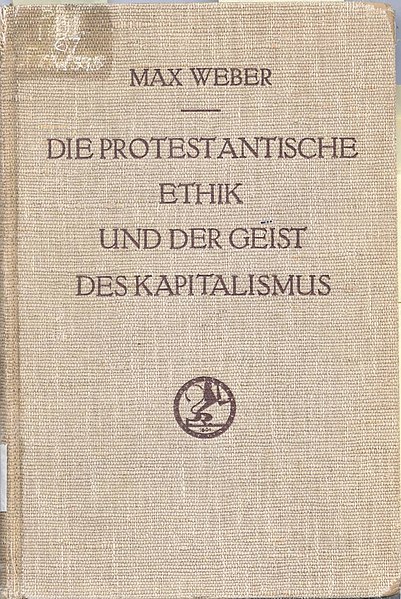High modernism is a form of modernity, characterized by an unfaltering confidence in science and technology as means to reorder the social and natural world. The high modernist movement was particularly prevalent during the Cold War, especially in the late 1950s and 1960s.
The St. Louis Gateway Arch, an iconic symbol of high modernity and its outlook, along with its modern urban planning project of a surrounding large park and car centric infrastructure.
Kin Ming Estate, completed in 2003 in Tseung Kwan O, consists of 10 housing blocks of New Harmony I design, housing about 22,000 people.
For many critics of high modernism, the Pruitt–Igoe housing project illustrated both the essential unlivability of Bauhaus-inspired box architecture, and the hubris of central planning. Its demolition on July 15, 1972, was the day “modern architecture died”, according to Charles Jencks.
Modernity, a topic in the humanities and social sciences, is both a historical period and the ensemble of particular socio-cultural norms, attitudes and practices that arose in the wake of the Renaissance—in the Age of Reason of 17th-century thought and the 18th-century Enlightenment. Some commentators consider the era of modernity to have ended by 1930, with World War II in 1945, or the 1980s or 1990s; the following era is called postmodernity. The term "contemporary history" is also used to refer to the post-1945 timeframe, without assigning it to either the modern or postmodern era.
Cover of the original German edition of Max Weber's The Protestant Ethic and the Spirit of Capitalism




